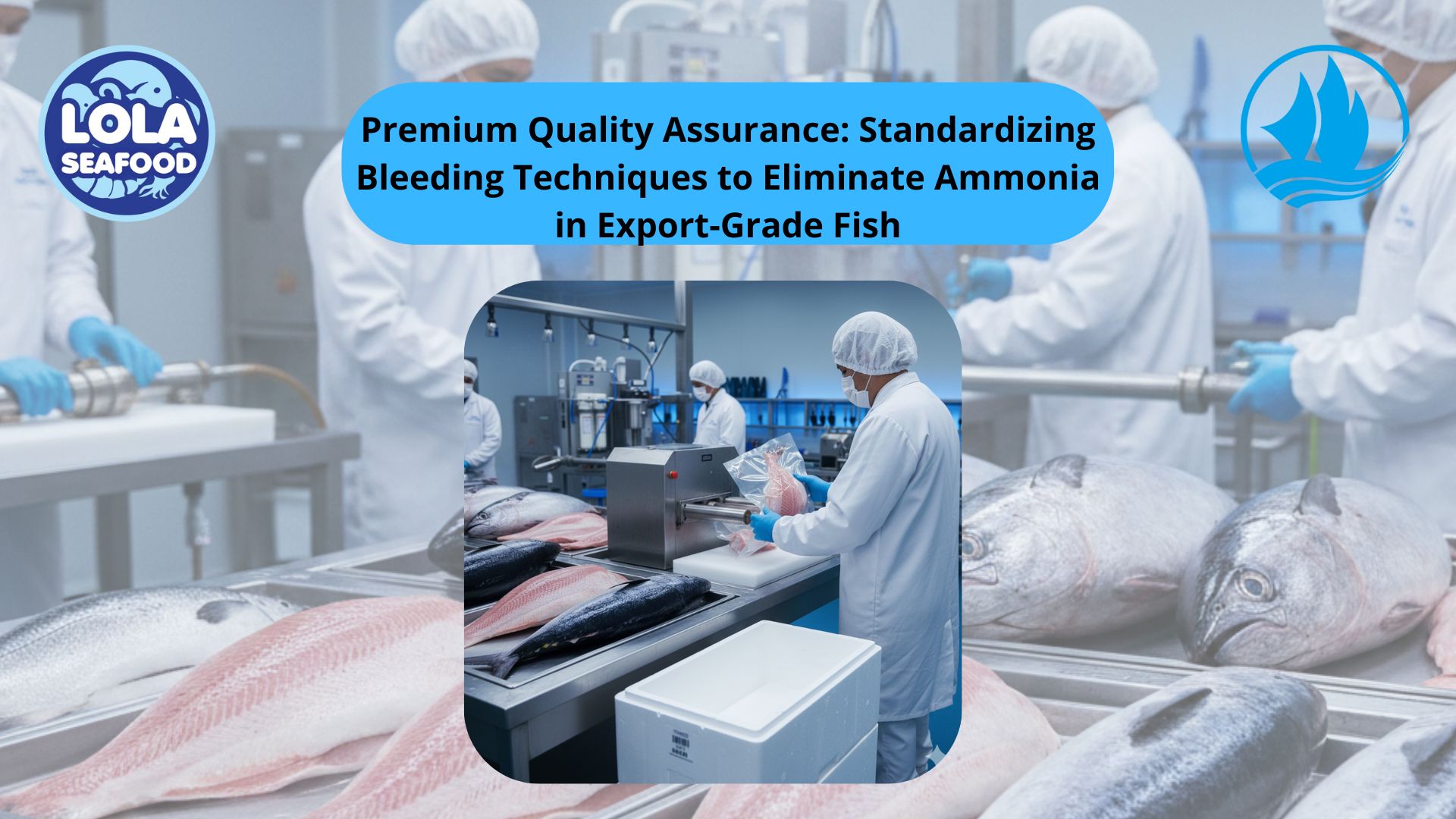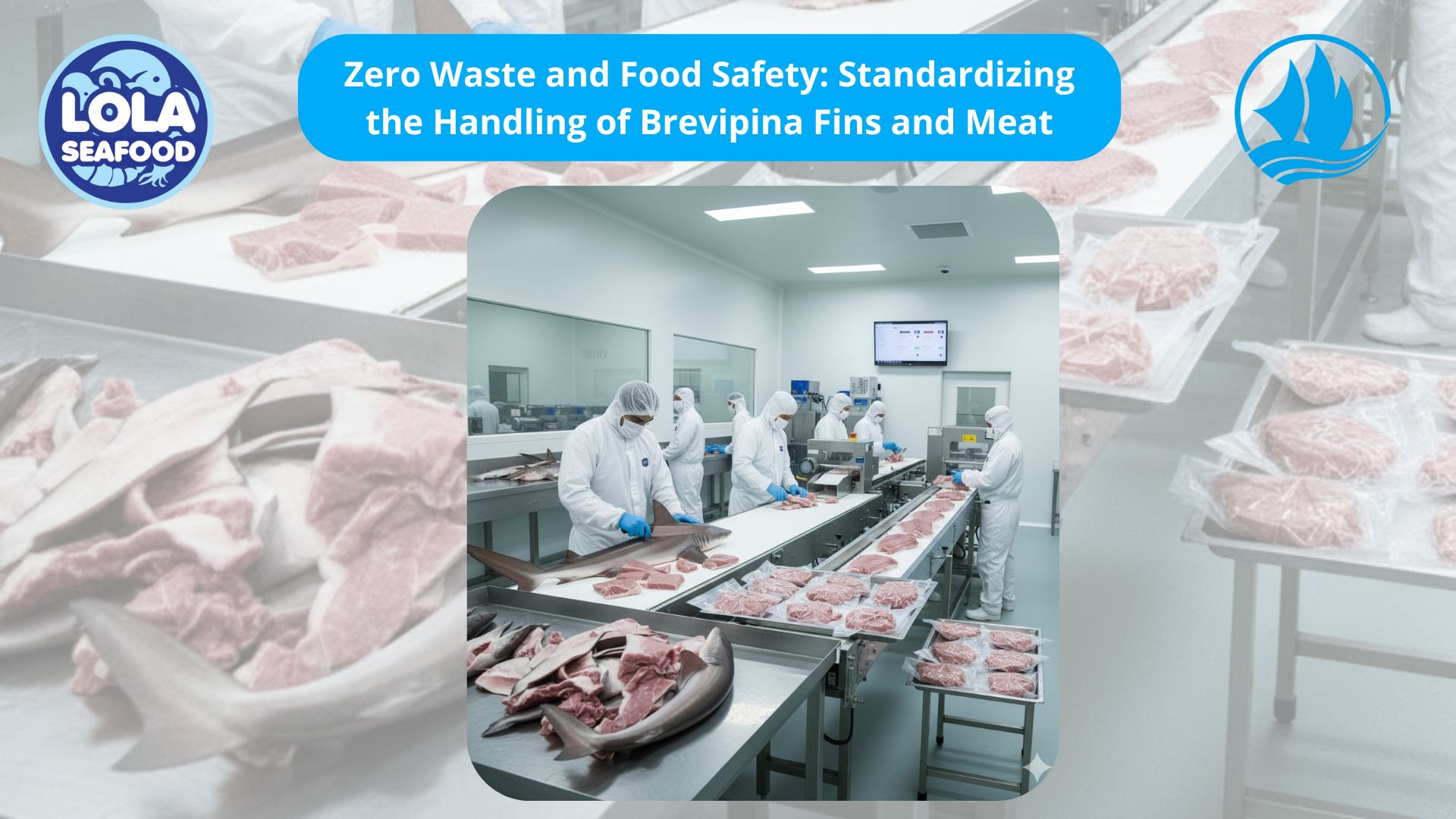Cooling vs Freezing Fish: Understanding the Key Differences
By. Lutfi - 09 Sep 2025.jpg)
Kelolalaut.com Fish is one of the most delicate and perishable foods in the world. From the moment it is caught, it begins to lose freshness due to natural enzymatic activity and bacterial growth. For this reason, proper preservation methods are essential to ensure that fish remains safe to eat, nutritious, and appealing in both taste and texture. Two of the most common preservation techniques are cooling (refrigeration) and freezing. While both aim to extend the shelf life of fish, they work in very different ways and have unique effects on the product. In this article, we will explore how cooling and freezing fish differ, their advantages and limitations, and when each method is most suitable.
A. Cooling Fish: Short Term Freshness
Cooling refers to lowering the temperature of fish to just above its freezing point, typically between 0°C and 4°C (32°F–39°F). This is often achieved by placing fish on ice or storing it in a refrigerated environment.
- How it works: Cooling slows down the growth of spoilage bacteria and the action of enzymes, but it does not stop them completely.
- Effect on quality: The fish retains its natural texture, bright appearance, and fresh ocean-like aroma for a short period.
- Shelf life: Depending on the species and handling practices, cooled fish generally remains acceptable for 3–7 days.
For example, fresh tuna or mackerel kept on crushed ice will remain edible for several days, but after that, the flesh becomes soft, loses color, and develops an unpleasant odor.
Advantages of Cooling
- Maintains natural taste and texture.
- Simple, inexpensive, and widely used by fishermen and markets.
- Ideal for fish that will be consumed quickly.
Limitations of Cooling
- Only extends shelf life for a few days.
- Requires constant monitoring and replenishing of ice.
- Bacterial growth continues, though at a slower rate.
B. Freezing Fish: Long Term Preservation
Freezing, on the other hand, involves lowering the temperature of fish to –18°C (0°F) or below. At this temperature, water inside the fish turns into ice crystals, which prevents bacteria and enzymes from functioning.
- How it works: By removing liquid water in the form of ice, microbial growth is effectively halted.
- Effect on quality: Freezing preserves the nutritional value and flavor of fish for much longer. However, if freezing is not done rapidly, large ice crystals may damage the muscle fibers, leading to texture changes upon thawing.
- Shelf life: Properly frozen fish can last 6–12 months, making it ideal for long-term storage and global distribution.
For instance, frozen salmon caught in Alaska can be safely transported and sold months later in markets across Asia, Europe, or America while retaining good quality.
Advantages of Freezing
- Extends shelf life up to a year.
- Ensures food safety by halting bacterial activity.
- Supports global seafood trade and year-round availability.
Limitations of Freezing
- Can cause texture changes if not frozen rapidly (slow freezing forms large ice crystals).
- Requires specialized equipment and consistent cold-chain management.
- Thawed fish must be handled carefully to avoid spoilage.
Cooling vs. Freezing Fish: A Side-by-Side Comparison
|
Aspect |
Cooling (Refrigeration) |
Freezing |
|
Temperature |
0°C–4°C |
–18°C or lower |
|
Bacterial Growth |
Slowed but not stopped |
Stopped completely |
|
Shelf Life |
3–7 days |
6–12 months |
|
Texture & Flavor |
Natural, unchanged |
May change if freezing is slow |
|
Best For |
Short-term consumption |
Long-term storage & export |
Choosing the Right Method
The decision between cooling and freezing fish depends on the purpose:
- Cooling is best for fish sold fresh at local markets or consumed within a few days. It ensures the natural texture, color, and aroma that consumers often prefer.
- Freezing is better for large-scale processing, long-distance shipping, or long-term storage. It ensures that fish can be enjoyed worldwide, months after being caught, without significant loss of nutrition.
If youre interested in our Corvina / Croaker / Jewfish Whole Round / Whole Gilled Gutted Scale , Corvina / Croaker / Jewfish Fillet Skin On and Corvina Fillet Skin Patch please do not hesitate to contact us through email and/or Whatsapp
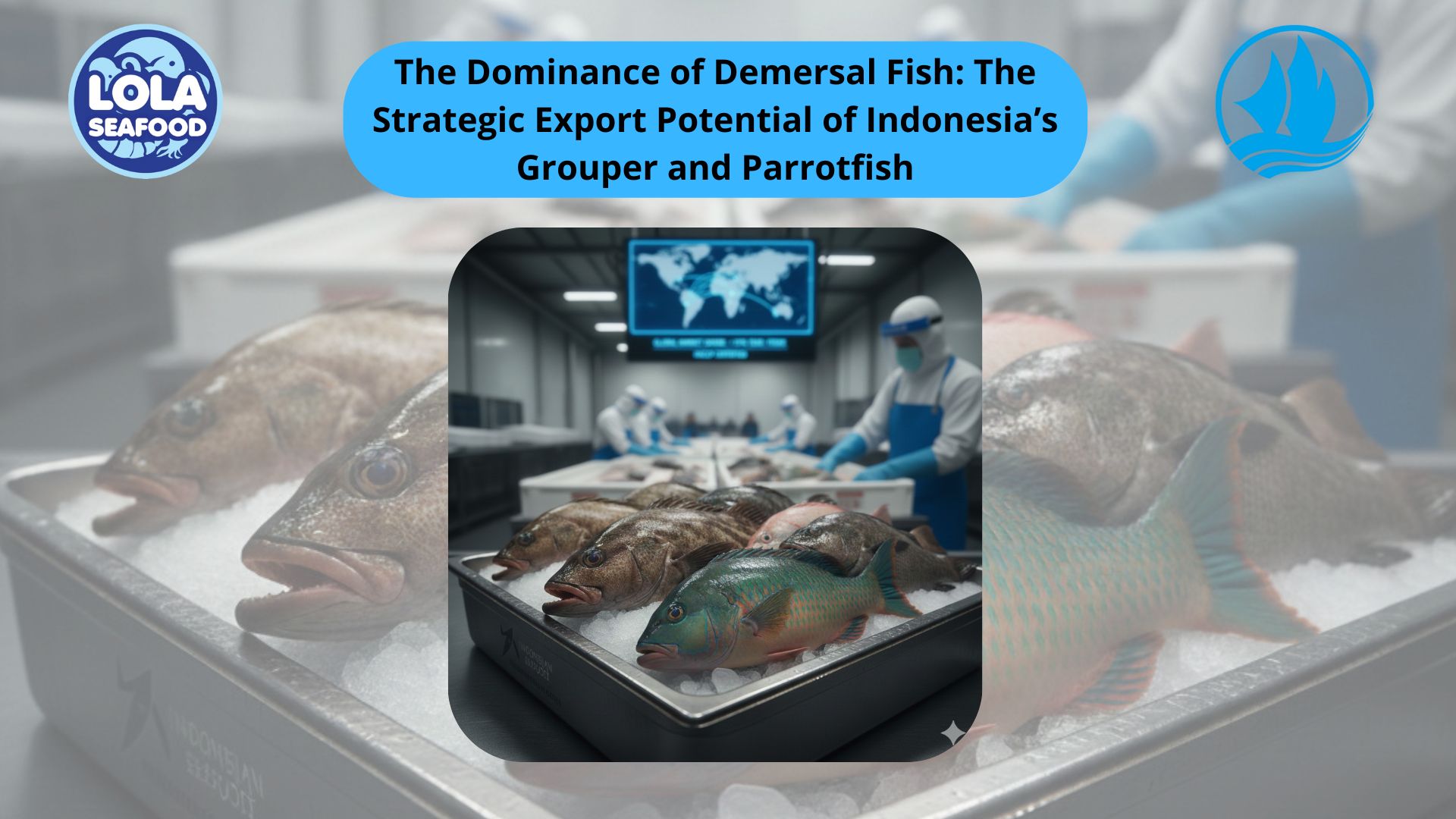
The Dominance of Demersal Fish: The Strategic Export Potential of Indonesia’s Grouper and Parrotfish
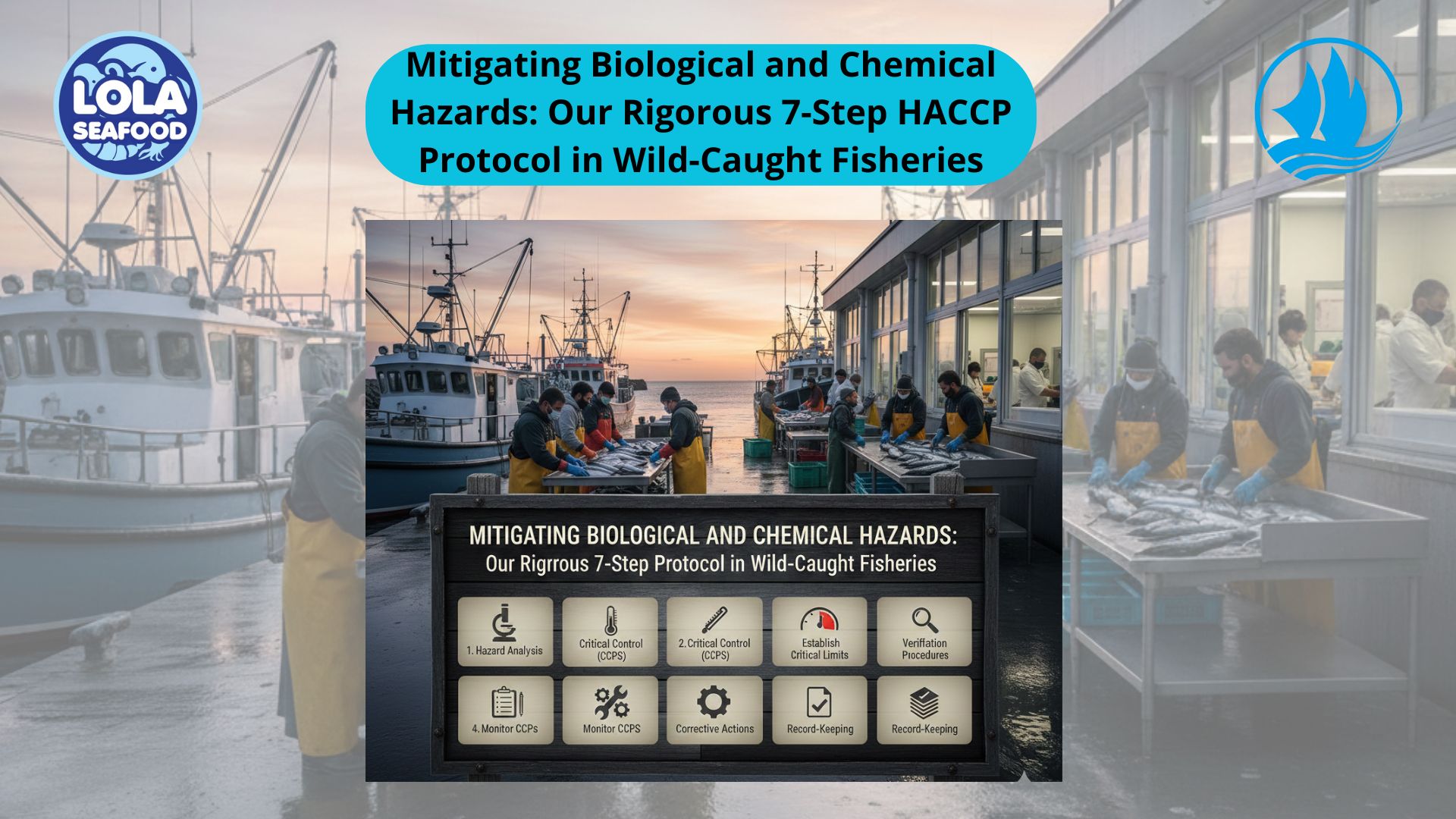

.jpg)
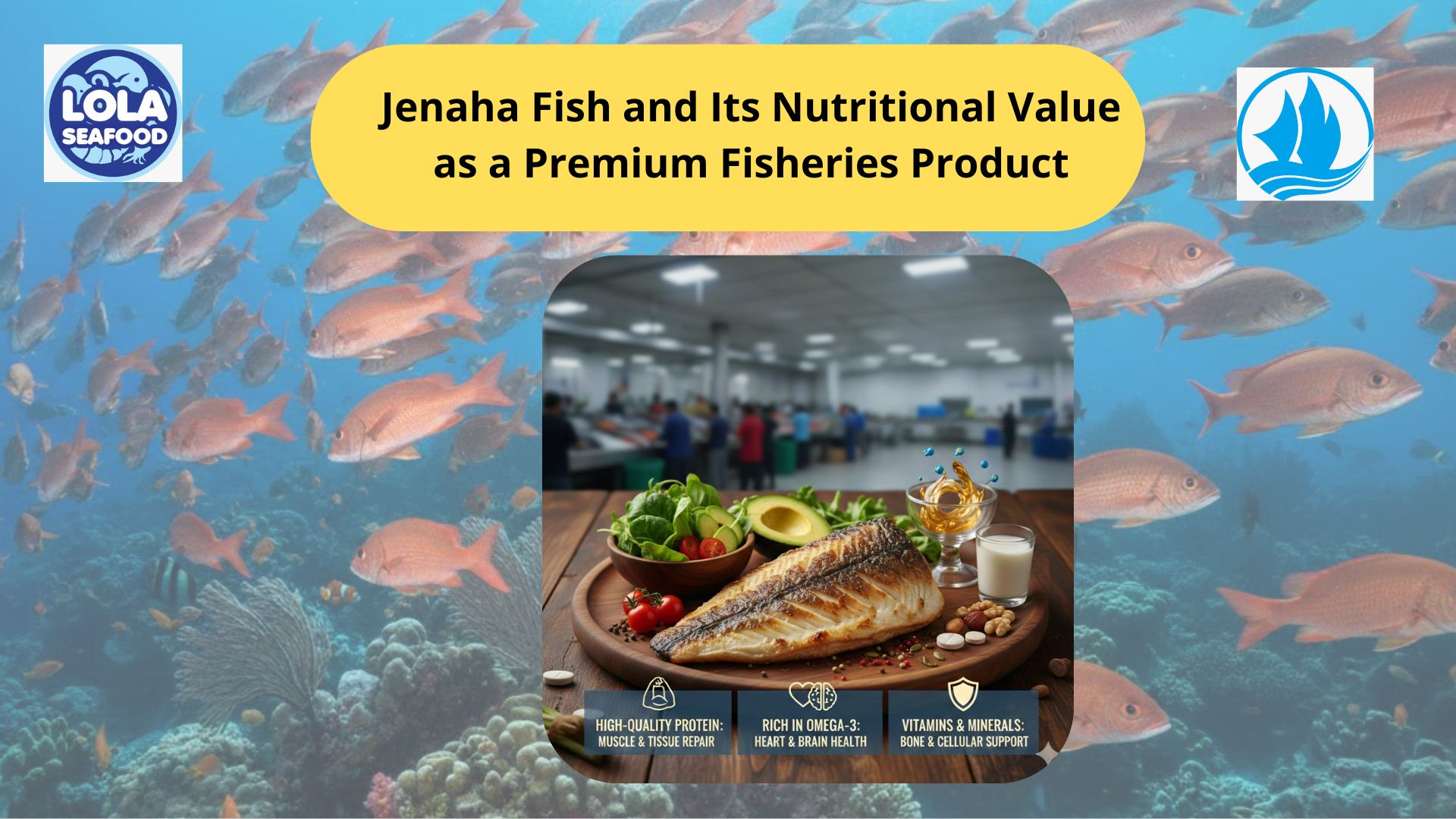
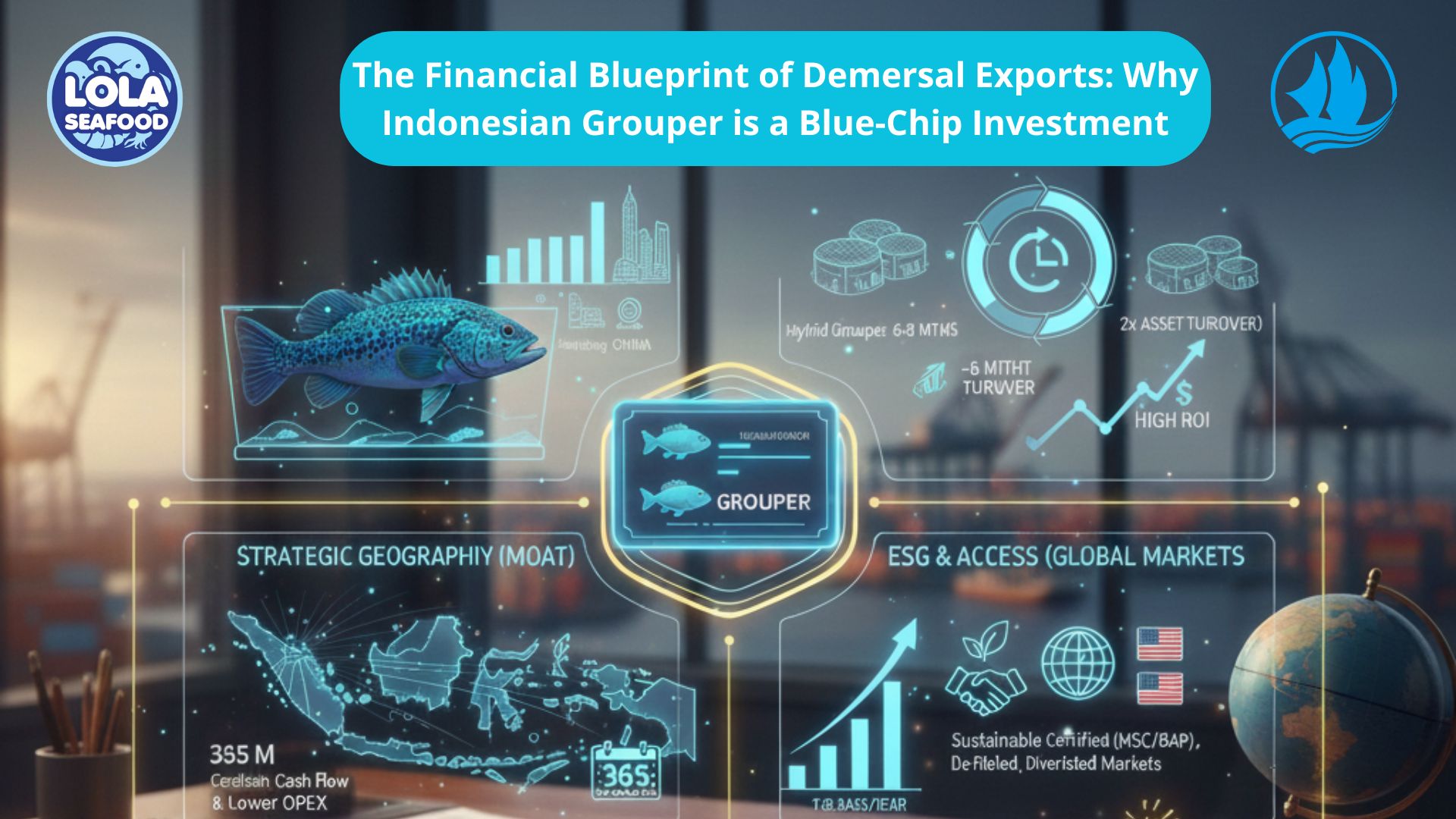
.jpg)
